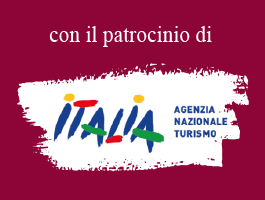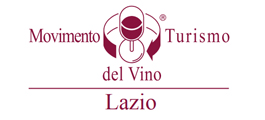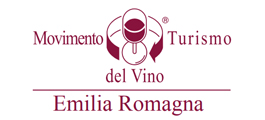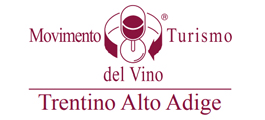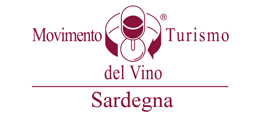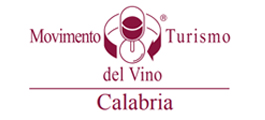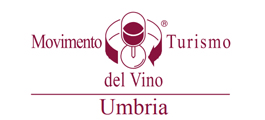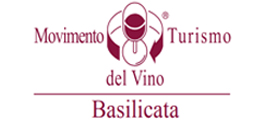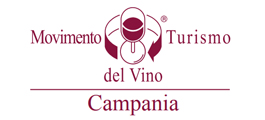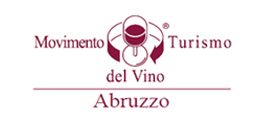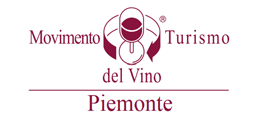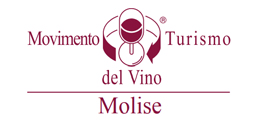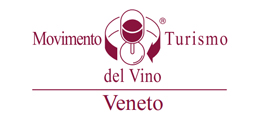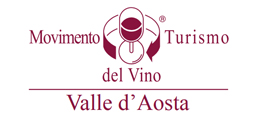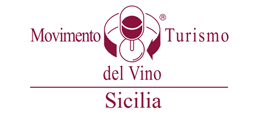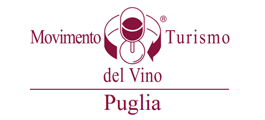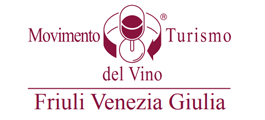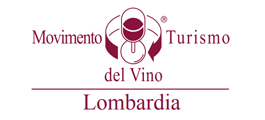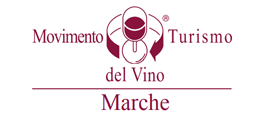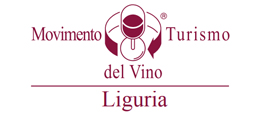The Grave in the province of Pordenone - 2
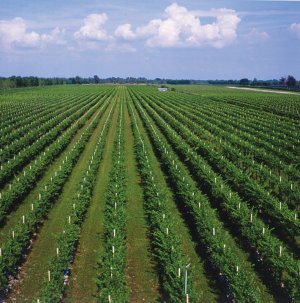
The Grave DOC zone in the province of Pordenone extends across the western part of Friuli Venezia Giulia, from the foothills of the mountains to the sea. The zone is bounded by the river Tagliamento and the border with the Veneto region. The soil is alluvial in origin, generally of the type rich in stones or gravel known as magredi. It was formed over the millennia by matter deposited by the rivers Meduna, Cellina and Tagliamento. It is the stones (grave) themselves, larger near the mountains and finer-grained to the south, near the coast, that ensure consistent climatic conditions. During the day, the stones at the foot of each vine absorb heat, which is released at night. This is crucial, particularly in late summer, to the full ripening of the grapes. Magredi terrain is particularly well-suited to viticulture and grapes have been grown for centuries by the peoples who lived here. Various cultures have left major historical and artistic treasures here in a natural setting of outstanding beauty. The wines have their own special characteristics. Whites are fresh, fruit-led and elegant whereas the reds are balanced, full-bodied and fragrant when young, then full-flavoured with ageing.
Typical products
Sausages: pitina, petuccia, cotechino, lengàl (cotechino sausage with tongue), brusaule (dried beef), pinduli (smoked and dried strips of lean meat), punta di coltello salami, pancetta coppata, salsiccia, traditional Friulian salami.
Cheeses: Montasio, fresh or mature salt cheese, salt or smoked ricotta, ricotta al burro, balacin (frying cheese), hard goat’s milk cheese.
Vegetables: sweet and sour green asparagus, beans, mushrooms. White and yellow polenta flour.
Trout, fresh or smoked. Honey. Spirits.
Sweets: biscuits, pan zàl (cornbread), pinza cake and favette almond biscuits, Spilimbergo cake, bussolai or calàz (doughnuts).
Typical dishes
Frico (fried Montasio cheese, with or without potatoes), brovada e muset (cotechino with sliced pomace-steeped turnips), salami with cao (top of the milk), balote with mushrooms (salt cheese and yellow polenta kneaded together), petuccia with polenta, Montasio with polenta, meat or game with polenta, bean and barley soup, rice and potato soup, herb omelette, pumpkin dumplings with smoked ricotta cheese, potato dumplings with duck or game sauce, risottos with wild mushrooms or seasonal vegetables, trout-based dishes.
Cycling itineraries
The Source of the Livenza: Sacile - Nove - San Giovanni - Polcenigo - Gorgazzo - Santissima - Sarone - Caneva - Fiaschetti - Nove - Sacile (33.3 km – 4.5 h – medium difficulty).
Spectacular Valcellina: Montereale Valcellina - Orrido della Molassa - Barcis - Andreis - Orrido della Molassa - Montereale Valcellina (30.7 km – 3-4 h – medium difficulty).
Looking for Pasolini: San Vito al Tagliamento - Prodolone - San Floriano - San Giovanni di Casarsa - Versuta - San Vito al Tagliamento (12.8 km – 2-3 h – easy).
Art, Nature and Literature: Cordovado - Bagnarola - Savorgnano - Sesto al Règhena - Versiola - Bagnarola - Stalis - Fontana di Venchieredo - Cordovado (24.2 km - 3-4 h - easy).
Itinerary: Sacile - Polcenigo - Aviano - Porcia - Prata di Pordenone - Chions - Azzano Decimo - Cordovado - San Vito al Tagliamento - Casarsa della Delizia - Zoppola
SACILE
Nestling in the greenery on the banks of the river Livenza, Sacile has ancient, noble origins that date back to the ninth century. In 1441, it passed to the Republic of Venice, which left its mark on the palazzos, towers and villas set in parkland that line the river. Sacile was known as the “Garden of the Most Serene Republic”.
Places to visit: Cathedral (1474 - 1496) with works by Palma Il Giovane, church of Madonna della Pietà (sixteenth century) and numerous sixteenth century palazzos, including: Loggia Comunale, Palazzo Carli, Palazzo Ettoreo, Palazzo Flangini-Biglia (home of the Civic Museum and Library). Church of Santa Maria delle Grazie (sixteenth century) at Vistorta. Parish church (1822), Villa Rupolo (small neo-Gothic castle), remains of castle dating from tenth century and church of Santa Lucia (eleventh century) at Caneva. Church of Sarone (with wooden altar from eighteenth century).
Wineries
Vistorta (Sacile)
Nature
Strada dei Castelli di Caneva castle route
Hills of Caneva and Sarone
Source of Livenza at Santissima
Cansiglio Woodland
Craft products
Gold, glassware, wrought iron
Festivals and events
Pan e Vin bonfire at Sacile and Caneva (6 January)
Wine Show at Caneva (last two Sundays in July)
Bird fair at Sacile (first Sunday after 15 August)
POLCENIGO
Places to visit: Castle (seventeenth century) on hill overlooking the town, parish church of San Giacomo (former thirteenth century monastery), Palazzo Fullini (seventeenth century). Parish church at Coltura (with 1625 painting by Titian). Church of Santissima Trinità near the source of the Livenza (sixteenth century with seventeenth century wooden altarpiece by Domenico da Tolmezzo). Parish church (with eighteenth century paintings) and the church of San Floriano with mediaeval frescoes (originally dating from tenth century) at San Giovanni di Polcenigo.
Nature
Source of Gorgazzo in cave
San Floriano nature park
Col Piova and Pian della Stele
Craft products
Wicker and basketwork
Festivals and events
Wickerwork fair (first Sunday in September)
Chestnut fair at Mezzomonte di Polcenigo (last two Sundays in October)
AVIANO
Places to visit: Cathedral of San Zenone (1777-with major works of art), Palazzo Menegozzi (sixteenth and seventeenth centuries), Palazzo Negrelli (nineteenth century). Mediaeval district, parish church (sixteenth century), church of Santa Giuliana (with fourteenth century frescoes) at Castel d'Aviano. Sanctuary of Madonna di Monte at Costa.
Nature
Piancavallo
Monte Cavallo
Fontana-Gor (Livenza nature park)
Val de Croda
Golf
Golf Club Aviano
Horse riding
Azienda Agrituristica Piancavallo-Budoia
Centro Ippico Unicorno-Aviano
Festivals and events
International folklore festival at Aviano (9-16 August)
Polenta, Salàt and Cavo cheese tasting at Malga Tassan, Piancavallo (15 August)
Woodland food and wine from the restaurateurs of Piancavallo (August)
Mushroom and environment fair at Budoia (September)
PORCIA
Places to visit: Castello dei Conti di Porcia (eleventh century), parish church of San Giorgio (neo-Gothic with fifteenth-century bell tower), Loggia and Porta dell'Orologio (mediaeval). Oratory of San Giuseppe (seventeenth century), parish church of San Vigilio (thirteenth century) at Palse. Church of Sant’Agnese (fourteenth century), Villa Correr-Dolfin (seventeenth century) at Rorai piccolo.
Wineries
Principi di Porcia e Brugnera
Nature
Resurgent springs park
Noncello river park
Festivals and events
Resurgent springs walk (April)
Re-enactment of historic events Napoleon's battle (second Sunday in September)
PRATA DI PORDENONE
Places to visit: Parish church (1772), church of San Giovanni dei Cavalieri (fourteenth century), Villa Morosini-Memmo (late sixteenth century, local authority building), Villa Brunetta (eighteenth century), church of Santi Simone e Giuda (with frescoes from fifteenth and sixteenth centuries), Aedicule (Virgin and Child from sixteenth century).
Festivals and events
Stockfish fair at Ghirano di Prata (late September-early October).
PASIANO DI PORDENONE
Places to visit: Parish church of San Paolo (altarpiece from 1750) with fourteenth century bell tower, Villa Saccomani, local authority building (seventeenth century). Villa Gozzi (eighteenth century), Villa Cavazza-Querini (sixteenth century), Villa Zancariol (1700) at Visinale. Villa Luppis (eighteenth century) at Rivarotta.
Nature
Park of Villa Saccomani.
Horse riding
Equilandia-equestrian sports centre-Pasiano
CHIONS
Places to visit: Parish church (sixteenth century frescoes), Villa Morassutti at Villotta, Torre del Castello Sbrojavacca (eleventh and twelfth centuries) at Torrate. Villa Panigai-Ovio (eighteenth century) at Panigai. Church of San Bartolomeo (sixteenth century frescoes) at Basedo. Church of San Antonio Abate (sixteenth century frescoes by Amalteo) at Pravisdomini.
Nature
Palù di Barco (on river Sile) at Pravisdomini
Torrate woods at Chions.
Horse riding
Frattina-riding club-tel. +39 0434 644157-Pravisdomini
Festivals and events
Festival of local wines at Pravisdomini (last weekend in May-first weekend in June)
Duck festival at Basedo di Chions (first weekend in August)
FIUME VENETO
Wineries
Fossa Mala
AZZANO DECIMO
Places to visit: Parish church (1771), archaeological excavations at Fagnigola, Villa Pedrini (church with eighteenth century altar). Benedictine abbey of Santa Maria in Sylvis (vast monastery complex dating from 762with important fourteenth century frescoes) at Sesto al Reghena. Villa Zanardini-Fabris (late eighteenth century) at Sesto. Villa Freschi-Piccolomini (seventeenth century) at Ramuscello.
Wineries
Principi di Porcia e Brugnera
Typical products
Bussolai, biscuits of Venetian origin, in baker's and cake shops in Sesto al Reghena, cheeses at Ramuscello.
Nature
Park with visitor facilities at Sesto al Reghena
Craft products
Ceramics, wrought iron
Festivals and events
Wine fair at Sesto al Reghena (March)
Wine fair at Ramuscello (mid March)
Bull fair at Fratte di Azzano Decimo (early June)
Trout fair at Sesto al Reghena (first ten days of June)
Montasio Cheese Fair at Fagnigola di Azzano Decimo (mid June)
CORDOVADO
Places to visit: Ancient mediaeval quarter with castle, Villa Attimis-Piccolomini (1700), Palazzo Ridolfi (with eighteenth century frescoes), oratory of San Girolamo in Castello (with fourteenth century fresco attributed to Giotto), old parish church of San Andrea (1477), sanctuary of the Virgin (1600) next to Palazzo Cecchini (with neoclassical decorations). Parish church of San Martino (1757-with painting by Palma Il Giovane), church of San Rocco (sixteenth century) at Morsano al Tagliamento. Wall frescoes in church of Santi Pietro e Paolo (late fifteenth century) at Saletto
Nature
Fontana di Venchieredo and Mulino di Stalis mill at Cordovado
Horse riding
Madonna di Campagna-riding club-Cordovado
Festivals and events
Crayfish fair at Saletto di Morsano (late June)
Re-enactment of historic events in costume at Cordovado (first Sunday in July)
Goose fair at Morsano al Tagliamento (1-15 August)
Palio dei Rioni race at Cordovado (first Sunday in September)
SAN VITO AL TAGLIAMENTO
Places to visit: Historic centre from Torre Raimonda to Torre Scaramuccia (thirteenth century), cathedral (1745 with triptych by Andrea Bellunello) and bell tower (second half of fifteenth century), church of Santa Maria dei Battuti (frescoes by Amalteo dating from 1535) which is part of the lovely fourteenth century hospital complex, church of Annunciata (frescoed throughout, fourteenth and fifteenth centuries), Palazzo Rota (local authority building-fifteenth century), Palazzo Altan Fancello (late fifteenth century), Palazzo Tullio Altan with Provincial Museum of Rural Life. Villa Linussio, known as Cà Bianca (mid eighteenth century). Church of Santa Maria delle Grazie (with wooden altar from 1515) at Prodolone
Nature
Banks of river Tagliamento at Lugugnana
Craft products
Copperware, restoration workshops
Festivals and events
Carnival at San Vito (February)
Flower show at San Vito (late May – early June)
Crayfish fair at Savorgnano di San Vito (July)
Pan Zàl cornflour bread fair at Rosa di San Vito (18 October)
CASARSA DELLA DELIZIA
Places to visit: Parish church (nineteenth century-painting by Amalteo from 1562), church of Santa Croce (fifteenth century-choir frescoes by Amalteo from 1536). Church of Sant’Antonio Abate (fourteenth century) at Versutta. Loggia (fourteenth century) and church of San Giovanni Battista (1896) at San Giovanni di Casarsa.
Festivals and events
Wine festival at Casarsa (25 April – 1 May)
ZOPPOLA
Places to visit: Castello dei Conti Panciera (fourteenth century-with sixteenth century frescoes in internal courtyard) and church of San Martino. Church of San Michele (sixteenth and seventeenth century frescoes) at Ovoledo. Sixteenth-century church of Sant’Andrea (sixteenth century paintings by Amalteo and Pietro Gorizio) at Castions. Villa Panciera with church of Santa Lucia (eighteenth century) at Murlis.
Nature
Magredi gravel beds and banks of Meduna
Festivals and events
Asparagus fair at Cusano di Zoppola (last weekend in May)
Crayfish fair at Orcenico Inferiore (July)






















